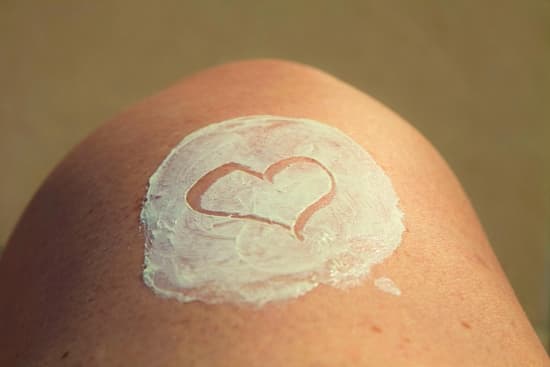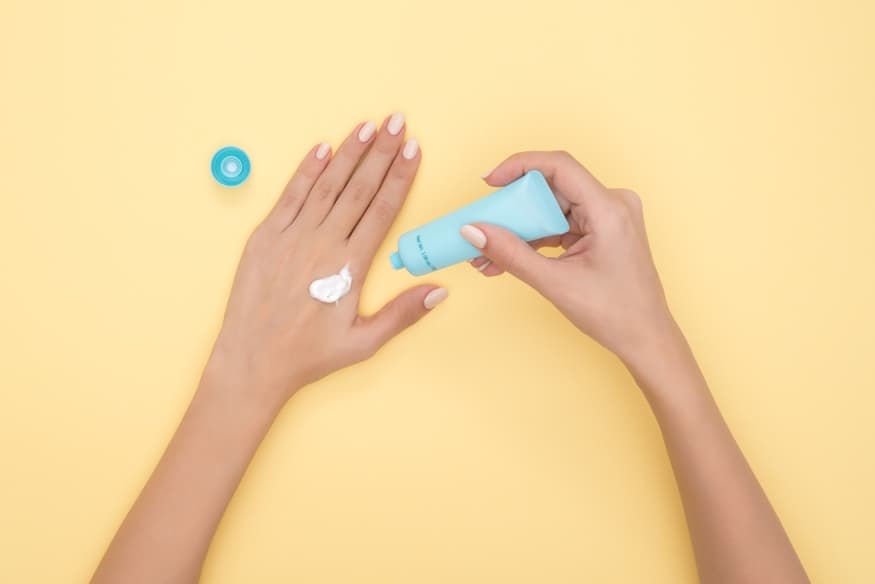Do you know how much sunscreen to use to really protect yourself from the sun’s harmful rays?
Probably not.
If you’re like me, you just haphazardly rub (or spray) some onto your skin and hope for the best. Unsurprisingly, that’s not the best way to put on sunscreen — and it’s putting our skin in danger.
According to researchers at King’s College in London, not using enough sunscreen when you’re out in the sun is like using a sunscreen with too little SPF protection.
“There is no dispute that sunscreen provides important protection against the cancer causing impact of the sun’s ultraviolet rays. However, what this research shows is that the way sunscreen is applied plays an important role in determining how effective it is,” said researcher Antony Young, professor at King’s College London.
How much sunscreen to use on all parts of your body
Manufacturers give their sunscreens an SPF rating based on the assumption that people will be 2 milligrams of cream per square centimeter of skin. However, people are actually only applying about 40 percent of that amount. The result is both sunburn and sun damage.
The problem is that it’s not exactly easy to measure out 2 milligrams of sunscreen. To combat the confusion, the researchers converted how much sunscreen to use into a unit of measurement we can all understand: the teaspoon.

According to King’s College London research, humans need at least a half a teaspoon of sunscreen on the face, neck and on each arm. The front of the body (chest and abdomen) need one full teaspoon, as does the back of the body (back and butt) and each leg.
While using more sunscreen than the prescribed amounts won’t necessarily provide more protection, the researchers found that slathering on more than the average person does now can greatly reduce sun damage.
And you should probably invest in a higher SPF sunscreen than you think you need, just to be safe.
“This research demonstrates why it’s so important to choose an SPF of 30 or more,” Nina Goad of the British Association of Dermatologists said in a statement.
“In theory, an SPF of 15 should be sufficient, but we know that in real-world situations, we need the additional protection offered by a higher SPF.”

















